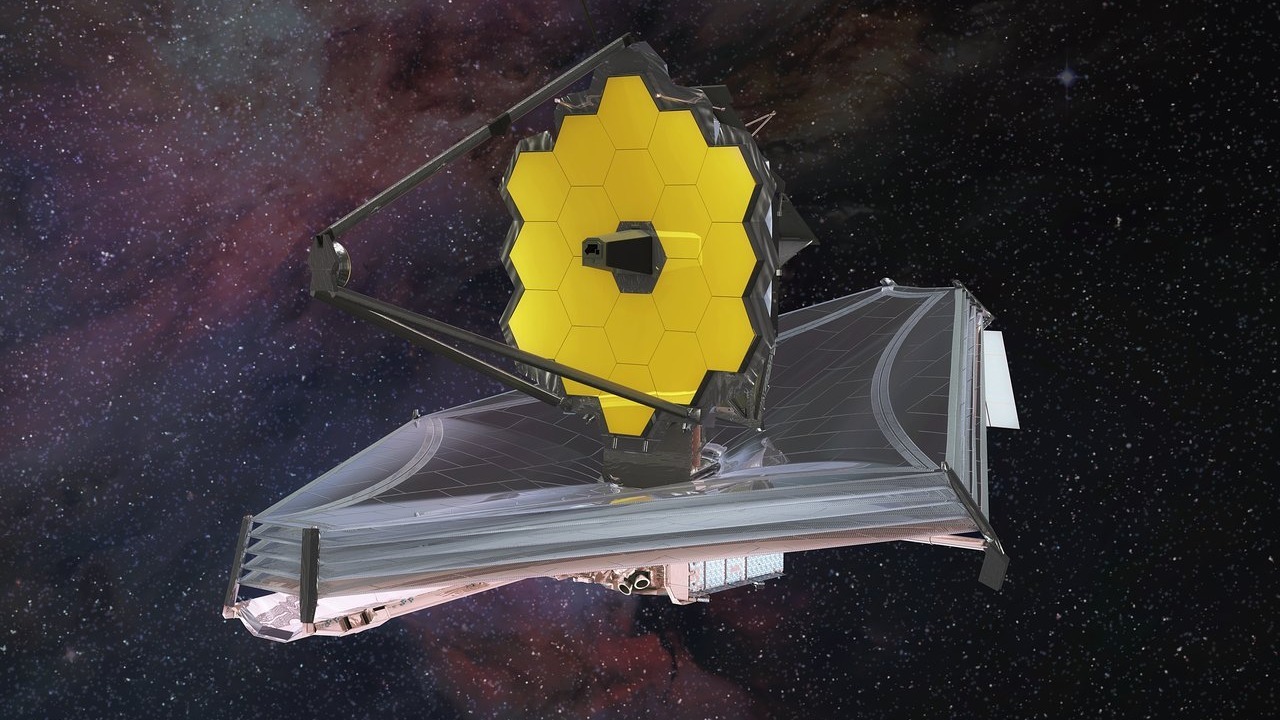
The James Webb Space Telescope (JWST) has once again captured the attention of the scientific community with its latest discovery. On October 15, 2025, the telescope detected something described as “very exciting” shooting out of the first black hole ever imaged. This finding adds to a series of groundbreaking observations made by JWST, including the detection of continuous light flares from the Milky Way’s central black hole and the unveiling of the largest-ever panorama of the early universe.
The ‘Very Exciting’ Ejection from the First Imaged Black Hole
The recent detection by the James Webb Space Telescope of an intriguing ejection from the first black hole ever imaged has sparked significant interest in the scientific community. This black hole, famously captured in the first-ever image by the Event Horizon Telescope in 2019, has now been observed by JWST to emit something “very exciting” from its vicinity. The implications of this observation are profound, as it could provide new insights into the dynamics of black holes and their interactions with surrounding matter. The advanced infrared capabilities of JWST have allowed astronomers to observe these phenomena with unprecedented clarity, enhancing our understanding of black hole behavior and accretion processes.
The historical significance of this black hole, located in the galaxy M87, lies in its status as the first to be directly imaged, offering a glimpse into the mysterious regions beyond the event horizon. The James Webb Space Telescope’s ability to capture detailed infrared images has built upon these initial observations, revealing new aspects of the black hole’s environment. The ejected material observed could potentially shed light on the processes occurring at the edge of the black hole, such as the formation of jets or the interaction with nearby cosmic structures. This discovery underscores the importance of JWST in advancing our understanding of black holes and their role in the universe.
Strobing Light from the Milky Way’s Central Black Hole
Earlier this year, the James Webb Space Telescope made another remarkable observation when it captured the Milky Way’s central black hole in a state of continuous light flaring. This phenomenon, described as the black hole “never stops strobing light,” offers valuable insights into the behavior of supermassive black holes in our galaxy. The data collected by JWST on February 22, 2025, revealed patterns of flaring activity that suggest a dynamic and active environment around the black hole. These findings are crucial for understanding the mechanisms driving such emissions and their impact on the surrounding galactic environment.
The continuous flaring activity observed by JWST provides a unique opportunity to study the variability in black hole emissions and their potential influence on the Milky Way’s central region. By analyzing the patterns and intensities of these flares, astronomers can gain a deeper understanding of the processes occurring near the event horizon and the interactions between the black hole and its accretion disk. This research contributes to broader studies of galactic centers and the role of supermassive black holes in shaping their host galaxies.
Unveiling the Largest Panorama of the Early Universe
In another significant achievement, the James Webb Space Telescope revealed the largest-ever panorama of the early universe on June 5, 2025. This expansive image offers an unprecedented view of the cosmos, capturing distant galaxies and cosmic structures from the universe’s formative epochs. The scale and resolution of this panorama provide a detailed look at the early stages of cosmic evolution, offering valuable insights into the processes that shaped the universe as we know it today.
The key features visible in this panorama include a multitude of distant galaxies and intricate cosmic structures that trace the universe’s expansion history. By studying these features, astronomers can gain a better understanding of the formation and evolution of galaxies, as well as the role of black holes in these processes. The James Webb Space Telescope’s ability to capture such detailed images of the early universe is a testament to its capabilities and its contribution to our understanding of cosmic origins.
Connecting JWST Discoveries to Black Hole Research
The recent observation of an ejection from the first black hole ever imaged is a significant addition to ongoing black hole studies, highlighting the James Webb Space Telescope’s role in multi-wavelength astronomy. By integrating data from different observations, scientists can build a more comprehensive picture of black hole behavior and their interactions with the surrounding environment. The continuous light flares from the Milky Way’s central black hole, observed earlier this year, provide further evidence of persistent activity patterns across different black hole types, offering valuable insights into the mechanisms driving these emissions.
The early universe panorama revealed by JWST also plays a crucial role in contextualizing black hole formation within cosmic timelines. By tracing the evolution of galaxies and cosmic structures, astronomers can better understand the conditions that led to the formation of black holes and their subsequent growth. These discoveries underscore the importance of the James Webb Space Telescope in advancing our understanding of black holes and their role in the universe, paving the way for future research and exploration.